What is data architecture? A framework to manage data
CIO Business Intelligence
DECEMBER 20, 2024
A scalable data architecture should be able to scale up (adding more resources or processing power to individual machines) and to scale out (adding more machines to distribute the load of the database). Flexible data architectures can integrate new data sources, incorporate new technologies, and evolve with business needs.




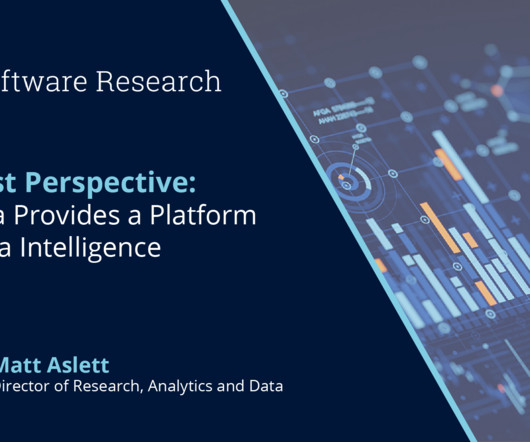
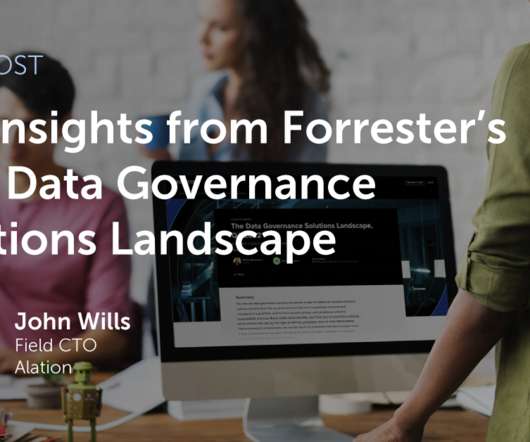


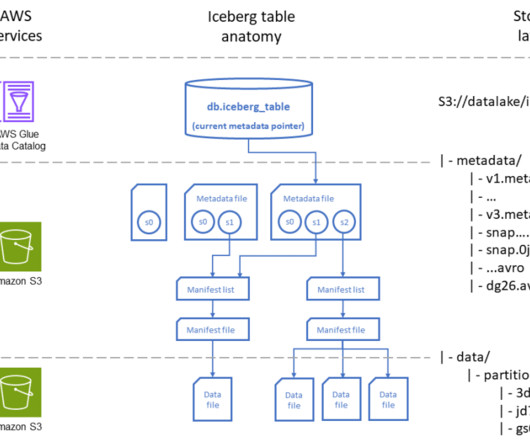

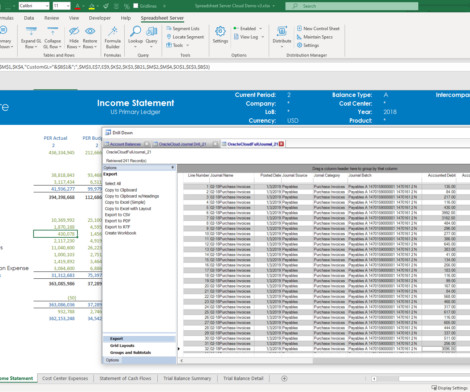
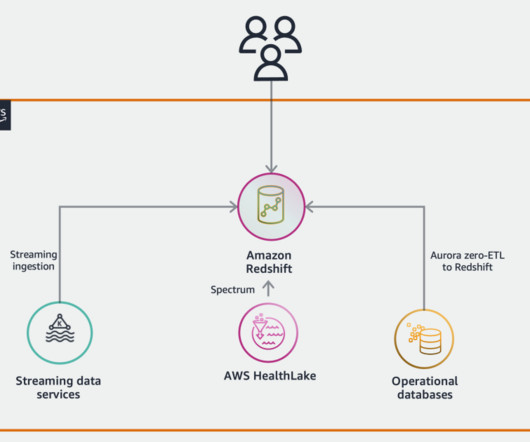


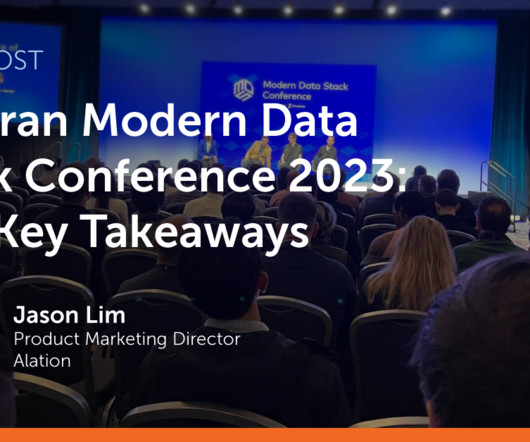









Let's personalize your content